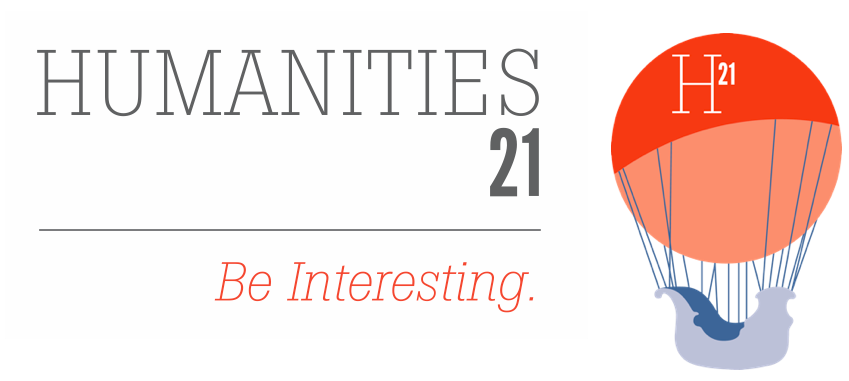Pieter Bruegel the Elder, “The Triumph of Death”1562, oil on panel, 117 x 162cm, Collection: Museo del Prado, Madrid by Pieter Bruegel the Elder
Around the world, people can’t wait for 2020 to end. COVID-19 has killed close to a million people globally over the course of the pandemic. On top of the coronavirus, there’s been significant floods in Uganda, Kenya, Pakistan and the UK, Australia has experienced devastating bush fires, storms have battered the Americas, and locusts have devastated parts of Africa, the Middle East and Asia. Now, parts of the US west coast are disaster zones amid ongoing wildfires.
But if you think this year is bad, think again.
Here, in this article republished from Pursuit, University of Melbourne experts [including Catherine Kovesi (History) and Frederick Vervaet (Classics & Archaeology)] take a look at some of the other thoroughly difficult years in human history – and how we made it to the other side.
Read full article here: https://blogs.unimelb.edu.au/shaps-research/2020/09/21/other-awful-years-in-history/





